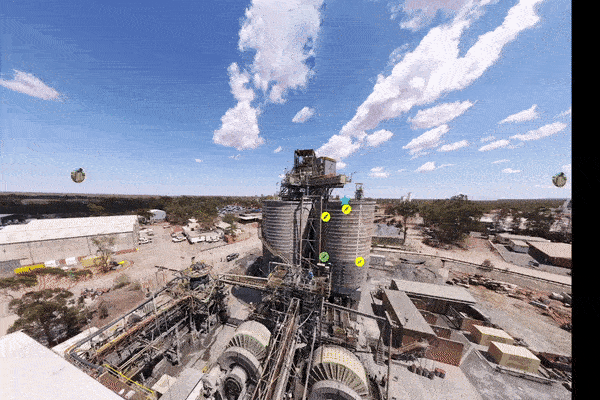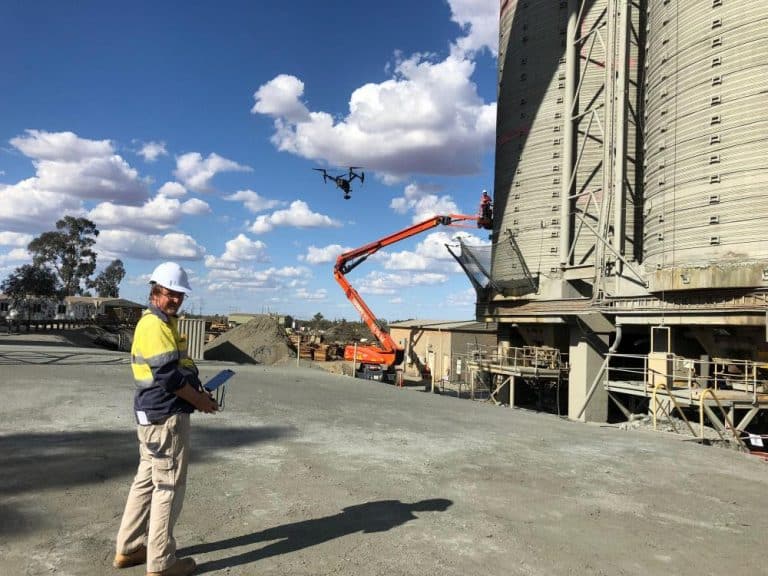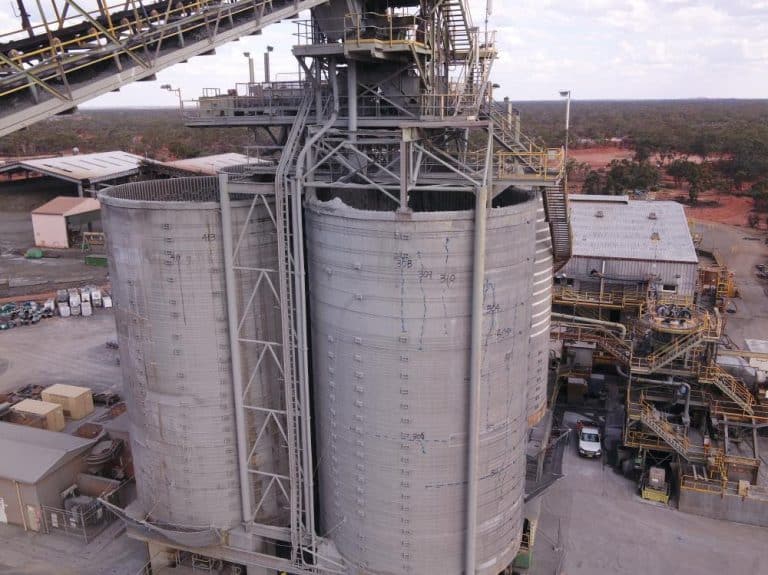The name “Drone“ was derived originally from the male bee which is characterized by a specific buzzing sound which is quite deep and sometimes annoying.
This could have been a similar scenario for the initial drones. But the modern day drones have evolved and the main trait that named them (the buzzing) is barely noticeable.
As technology develops within the military environment, drones are widely used by air forces in situations where manned flight is considered too risky or difficult.
It is estimated that global militaries will spend $70 billion on drones by 2020, and these drones will play a vital role in the resolution of future conflicts and in the replacement of the human pilot.
Drones have also proven to be beneficial in a wide range of industries across farming and agriculture, industrial and mining.
At Yenem, we deploy a drone on some of our structural inspections.
SO WHAT IS A STRUCTURAL DRONE INSPECTION?
Structural drone inspections involve a certified drone pilot flying a drone around, within and above a structure from the safety of the ground.
The drone is equipped with a high definition 4k camera, which captures images and video of the entire structure. This gives our engineer, with the help of the drone pilot, the ability to zoom in and take photos from angles that were previously inaccessible.
That’s Brad, our NSW drone pilot
The photos can also be used to produce detailed 3D models of the structures. During the flight or multiple flights images are again captured at a set interval.
These images are then compiled through software to produce a highly detailed and measurable model. This model forms the basis of our report – an interactive experience, not a hundred page PDF.
WHY DO WE PERFORM STRUCTURAL INSPECTIONS WITH A DRONE?
The inspection of structures is often a time-consuming and a difficult task. Particularly with damaged structures, or with hard-to-reach places which can only be inspected by use of conventional methods such as:
- Abseiling
- Elevating work platform
- Suspended crane box
- Scaffolding
Using a drone to inspect such structures, we can accomplish the inspection in significantly less time and (potentially) without any need for the above techniques.
Using a drone survey, we can get close and study the cracks and degradation of these bins
ADVANTAGES OF DRONE INSPECTIONS
- Drones minimize the obvious dangers and health risks associated with working at height
- Quick deployment or launch and little to zero downtime for equipment and systems
- High-resolution images from any vantage point and collection of in-depth and higher detail data
- The ability to inspect difficult to reach and hazardous areas
Of course, drones have their disadvantages too. Although drones are convenient to use, they have a short battery life. The average lifespan of its battery is ten to twenty minutes and this represents the biggest challenge facing drone manufacturers currently.
Larger drones can fly up to twenty-five minutes and take around three hours to completely charge the batteries. Besides that, drones are also vulnerable to flying animal attacks and also raise the concerns of privacy invasion.
Opportunities for the commercial application of drones is set to continue to grow exponentially over the next few years. Especially as its data capture method becomes widely adopted in many industrial sectors. Drones are, therefore, ideally suited to carrying out maintenance work, inspections of tall and unsound structures, and inspections within safety-restricted or inaccessible areas.


